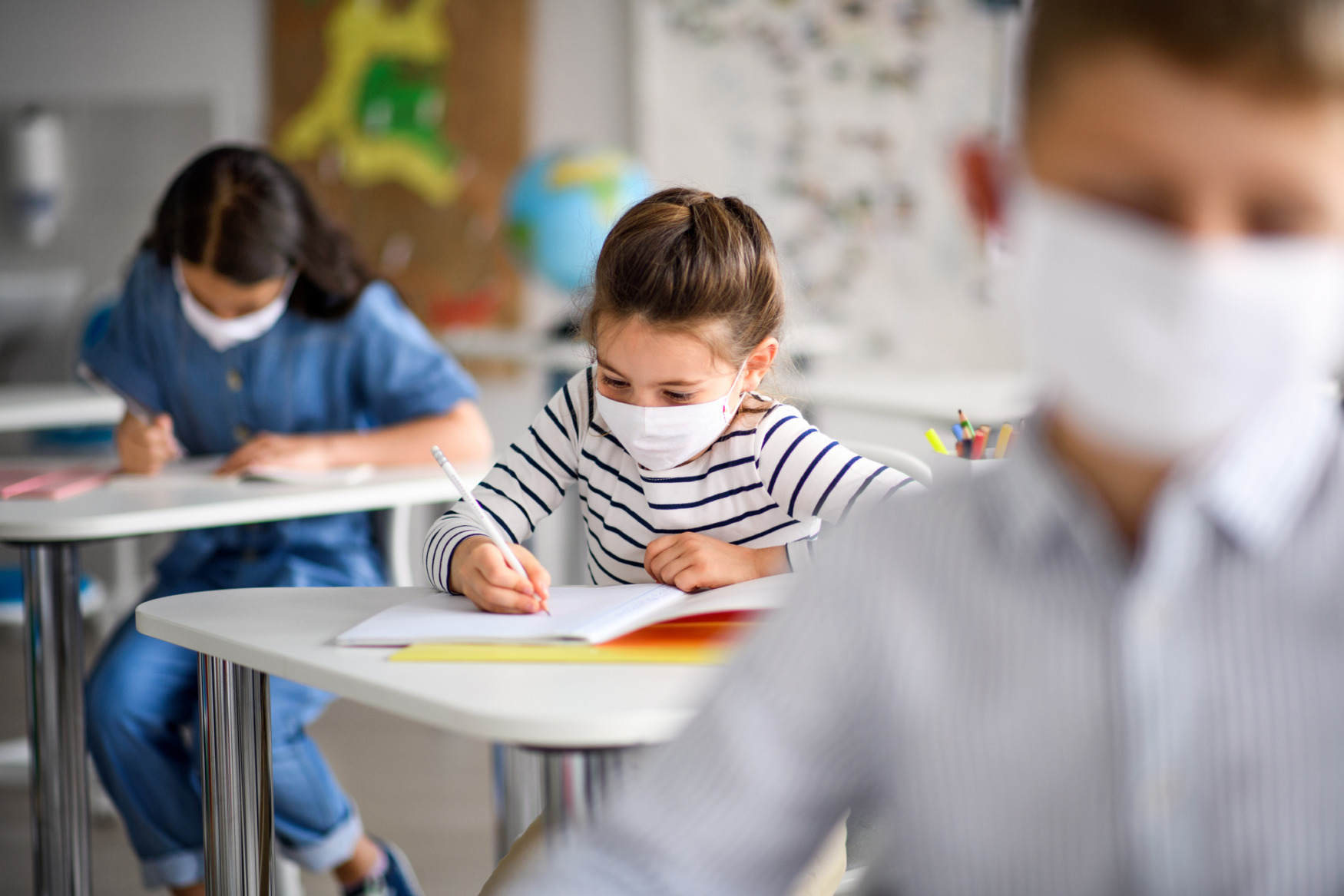![]()
As students across Maryland arrived back at school in recent weeks, thrilled to be done with remote learning, Carl Fornoff and his team were on watch.
Fornoff is the regional director of Catholic Charities’ Villa Maria Community Resources, which provides mental health services to around 2,000 children in over 120 schools in Maryland. Many of those children are identified by a teacher or other school staff member who might notice a kid’s head down on a desk day after day, or a child lashing out at others unpredictably, and refer them to a therapist. But with schools closed to in-person learning during the COVID-19 pandemic, those signs often went unnoticed. The result may be a rising wave of mental health needs as students return to school.
“We are pretty sure that social-emotional skills and interpersonal abilities of students are going to be sluggish, at best,” Fornoff said. “Many of our staff, and the teachers they talk with, anticipate serious struggles in those areas that will result in more crises by October when the allure of returning to school wears off.”
These kinds of crises can include acting out in significant ways through fighting or running away, as well as suicidal thoughts or actions.
Time to reconnect
Villa Maria clinicians work directly in the schools – particularly those with a high percentage of low income families – providing initial diagnostic evaluations with students and their guardians, and ongoing counseling, weekly or more often if necessary. Clinicians work hard to engage guardians or other trusted family members, offering formal family therapy when desired. Some of Villa Maria’s school partnerships also allow counselors to provide formal training and support to faculty.
Children may be referred by teachers, family members or others, and clinicians work to be a friendly presence on site, hanging fliers in the hallways, attending back-to-school nights to share materials, connecting with staff in the break room.
During the COVID-19 pandemic, Fornoff’s team reached out to children in their care and worked through new ways of providing services remotely. But kids who needed the most support were often the most difficult to reach.
“The families that have been exposed to trauma were the least connected to us when we were mostly doing teletherapy,” he said. “They were often not even identified as needing help because they were not attending school.”
As the school year begins, Fornoff’s team is working to quickly reach those students who have been disconnected from therapy and other support systems. Clinicians are also trying – in formal and informal ways – to coach teachers and school staff, preparing them for the possibility that many more students will need support this year as they return to the routines of school.
Focus on nurturing and routine
For many children, the routines of the school day are exactly what they need.
“When people are exposed to trauma, the number one thing is to get them back to their routine – in whatever way they can handle,” Fornoff said, adding that children often take comfort in recognizing that caring adults are in control. “Control and order and structure and discipline are reassuring things to many people who have had very little in the last two years.”
But, he said, it’s important to offer that structure in “careful doses,” as changes can be overwhelming.
He also pointed to the need for “any kind of nurturing behavior,” to support children – a principal who stands at the front door of the school, greeting kids with a smile and a fist bump, counselors who meet parents on the sidewalk as they drop off their kids in the morning, staff members who step in compassionately when a student is getting bullied or teased.
Fornoff said his team is not only prepared to support students, the set of tools they can use to provide that support also expanded during the pandemic.
“Remember we have a new tool to reach out to families. If we’re seeing kids in school and their parent can’t come in, we can get them on a [Zoom] call and have a family meeting that way,” he said. “So that’s good.”

